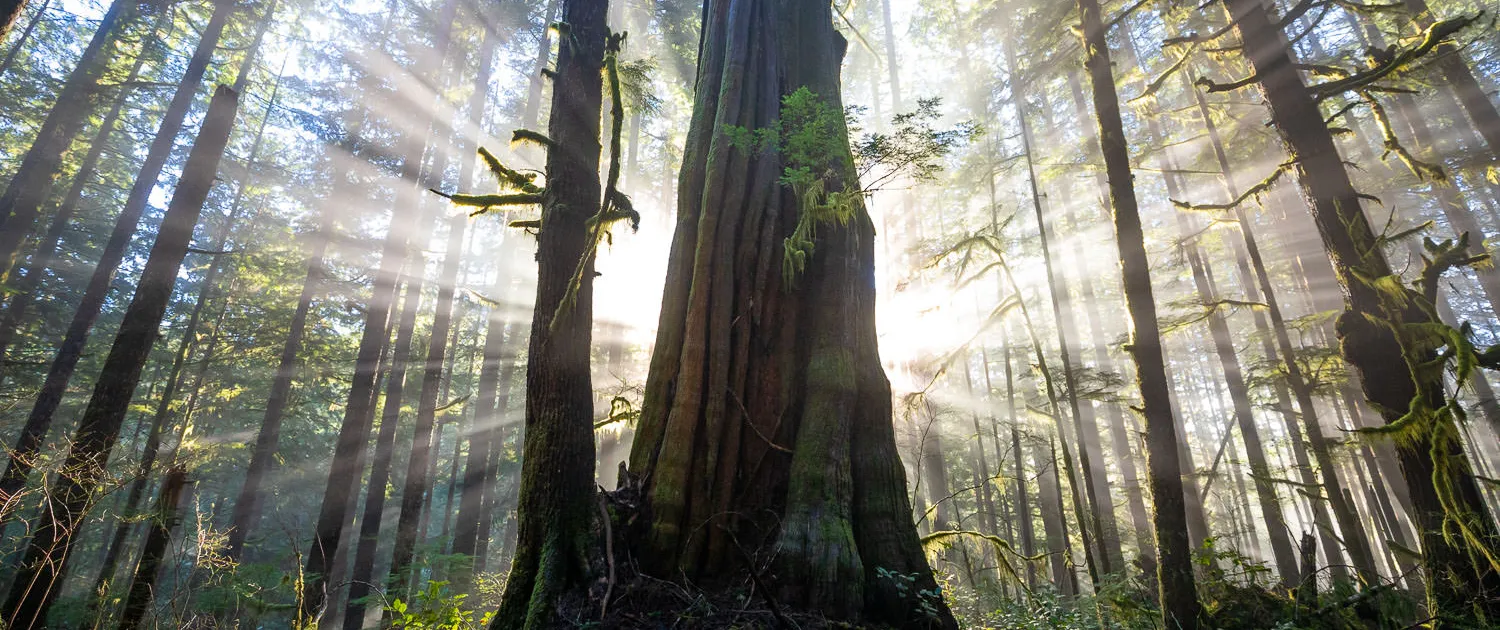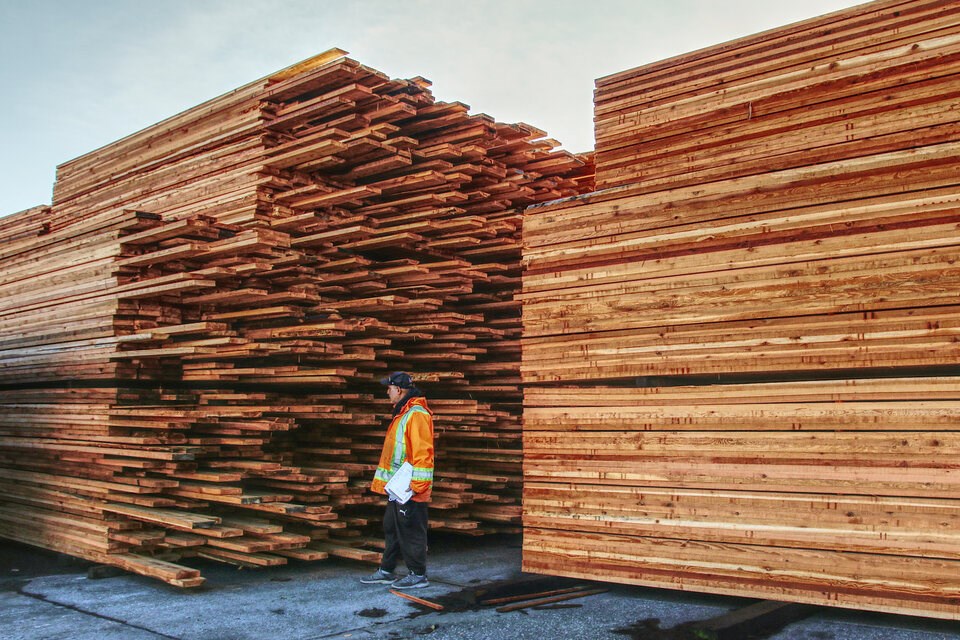 Aug 27 2012
Aug 27 2012Ben Parfitt and Anthony Britneff: B.C. MLAs take wrong approach to timber supply crisis
Ever since mid May, when a special committee of the provincial legislature was appointed to address a looming “timber supply” crisis, questions have arisen about what the committee would say about one community in particular.
That community is Burns Lake where, in January, a violent explosion and fire leveled the local sawmill—the village’s major employer—killing two mill workers and doing another 250 out of their jobs.
Well the wait is over, and if the unanimous recommendations of the committee’s Liberal and NDP MLAs are an indication, our forests and many rural communities are headed for even harder times than previously thought.
Here’s why. Rather than focusing on the core issue (how many trees are left, and what the future holds for our forests) committee members allowed themselves to be swayed by dramatic yet unrelated events.
The evidence is overwhelmingly clear. We are on the cusp of a monumental shift in our interior forests. After a decade-plus attack by mountain pine beetles and other pests, a spate of intense wildfires and years of unsustainable logging, our forests are largely depleted of commercially desirable trees.
To their credit, members of the Special Committee on Timber Supply acknowledge this. They conclude that the projected drop in logging rates places eight sawmills in danger. This is probably an underestimate. Either way, when mill capacity outstrips what our forests can provide, mills must close. There are only so many trees to go around.
Yet having acknowledged that existing sawmills have an appetite for wood that grossly exceeds what our forests can provide, committee members then turn around and suggest that we should build another mill first and find the timber later.
To entice the owner of the destroyed Burns Lake mill to do so, the committee chooses to go down the same tired road that gave rise to the present timber supply crisis: push the boundaries of what can be harvested to the extreme. This is essentially the approach applied in the East Coast cod fishery and we all know how that worked out.
The committee astonishingly suggested that there are actually twice as many trees to log in the forests around Burns Lake than what senior forest professionals in government estimated just last year (one million instead of 500,000 cubic metres of wood a year).
How did the committee magically double timber supply? With three key recommendations. First, that more “marginally economic” forests be logged. Second, that the government underwrite a massive fertilization program to boost tree growth. And third—here committee members use weasel words to mask the true intent of what they propose—to increase the logging of remnant old-growth forests that were previously ruled off-limits to logging.
It is far from clear that this will produce enough wood to supply a rebuilt mill.
First, “marginal” forests are marginal for a reason. They are generally of inferior quality, further from mills, and more costly to log. And they are often found in places where trees grow less vigorously, for example at higher elevations. Hence, they are risky to log, both economically and environmentally.
Second, with government having drastically curtailed its investments in growing trees, no one should assume there is appetite for big spending increases on fertilization. Never mind the ecological impacts of repeated applications of tree fertilizers on shallow soils and on our waterways, fish populations and other plant life in our forests.
And third, perceived increases in old-growth logging could prove a nightmare in international markets where the B.C. government and forest companies alike have worked judiciously to have forestry operations independently certified as sustainably managed.
But if the government embraces the committee’s recommendations for Burns Lake, expect the same unsustainable logging practices to be applied provincewide, and with devastating consequences.
The real tragedy in the committee members’ recommendations is that they are well aware of where the real challenges lie. The committee acknowledges the essential importance of improved forest inventories—looking at how many healthy trees we have. Why isn’t this the first order of business? B.C. needs an expedited, thorough assessment now, before we have committed to even more unsustainable logging rates.
To proceed with logging increases before such work is done is irresponsible and an insult to forest-dependent communities across the province.
Anthony Britneff recently retired from a 40-year career as a professional forester with the B.C. Forest Service where he held senior positions in inventory, silviculture and forest health. Ben Parfitt is a resource policy analyst with the Canadian Centre for Policy Alternatives.






